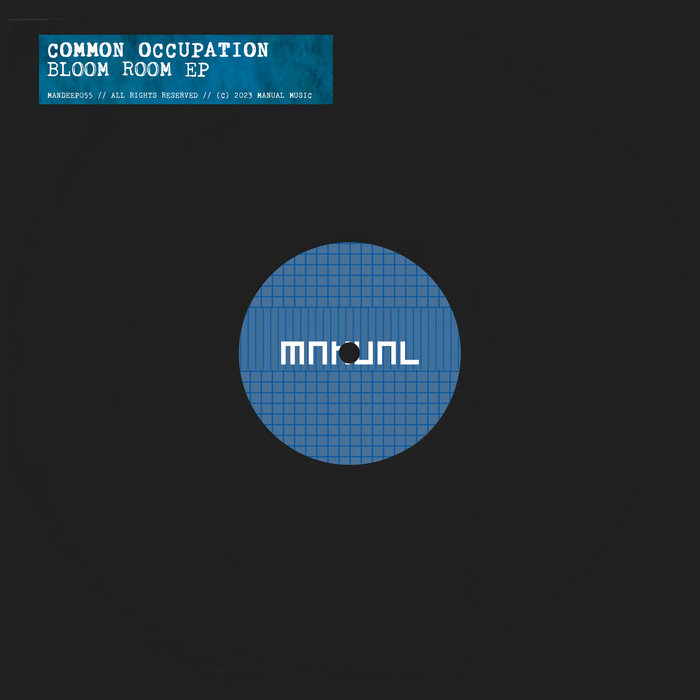
Twist – Common Occupation
this blog is GROOVY – check out great Soul, Funk, Jazz, Hip Hop, Bass, Breaks , Reggae, House n many more TUNES
Welcome, music lovers and groove seekers! Let’s take a funky ride through the history of one of music’s most captivating genres: manual deep. Picture this—a sound that oozes creativity, rhythm, and heartfelt vibes. So grab your favorite drink, kick back, and let’s dive into the depths of manual deep!
Manual deep isn’t just a genre; it’s a feeling. It’s rich with textures that sweep you off your feet while still keeping you anchored in the moment. Think lush melodies blended with rhythms that make you want to dance like nobody’s watching—this is where electronic sounds meet soulful musicianship.
The roots of manual deep can be traced back to various musical styles such as deep house, soul, and even funk. In the late 80s and early 90s, DJs started experimenting with layered beats created by synthesizers alongside live instruments—giving life to what would eventually evolve into our beloved manual deep sound.
Artists like Larry Heard (aka Mr. Fingers) were pioneers in blending these elements together, creating tracks that weren’t just meant for clubs but for listening experiences too! And yes, his name does remind us all to “keep it funky”!
Fast forward to the late 2000s when technology made making music easier than ever before. Musicians began recording from their bedrooms rather than massive studios. This democratization led to an explosion of talent—from chill-out sessions at home studios to epic underground parties where everyone danced till dawn.
You had artists like Maya Jane Coles, who was mixing up beats before breakfast—and got globe-trotting gigs without even breaking a sweat! Fun fact? She once DJ’d on her day off from work at a local café because she couldn’t resist jumping behind those turntables whenever possible!
So why call it manual? It reflects how hands-on musicians get with each track—they scoop up feelings from everyday life then mold them into their compositions manually! No half-baked stuff here; it’s raw artistry through loop samples finger-plucked straight from heartstrings.
But wait—did you know there are actually some funny overlapping moments? For instance, renowned live-loop artist Kerry Leva once lost her voice right before performing but said she’d put her dog on stage instead—and voilà! Her pup became an internet sensation overnight after woofing along rhythmically smiling happily away while she played!
In this vibrant community lies an endless list of innovators contributing their unique flavors:
Nicolas Jaar – He took minimalism farther than anyone thought possible while managing not only extraordinary production but also essential philosophical questions within his tracks.
Bonobo – Not just great at spinning tunes; he throws epic parties where fans feel part concert-part meditation session thanks partly due leading yoga stretches mid-show (everyone needs balance)!
Fort Romeau – His debut LP had people tapping toes faster than they could shout “Give me more!”
And speaking about quirky habits… Fort Romeau has been known for wearing mismatched socks during every performance—not entirely sure if he thinks it brings him luck or keeps things colorful!
Collabs are everywhere in manual deep territory—the vibe thrives on synergy! Remember when Gorgon City teamed up with Dua Lipa for “Beast”? Well talk about bangers—it melted hearts globally while still igniting dance floors hotter than summer festivals happening simultaneously across continents!
Surely you’ve heard tales around campfires about secret collab sessions gone delightfully wrong… Like how Jamie xx once played piano throughout an hour-long jam session only later discovering his cat was purring loudly enough harmonize perfectly—inspiration strikes anywhere folks!!!
As we zoom into present-day magic—the growth remains remarkable! More people wanna feel those vibes rather than simply hearing them passively over playlists streaming worldwide daily now stacking countless followers online.
Festival culture has embraced multi-genre lineups giving rise similarly talented artists who bridge gaps between communities uniting listeners far outside traditional club spaces—even featuring surprise appearances by local legends unexpectedly joining forces making unforgettable memories happen spontaneously under neon lights dancing stars above radiating energy everywhere en masse spreading joy endlessly around town halls!!
To sum everything up…
Whether you’re chilling alone or grooving out surrounded by friends; remember there’s always something special floating within each beat allowing vibes linger long after lyrics fade away leaving echoes bouncing through time weaving stories worth telling again-and-again until next-time explorations come knocking [insert funky drum solo!] 🔊✨
So crank those speakers loud because life is short—dance deeply wherever feels good baby!!

Twist – Common Occupation